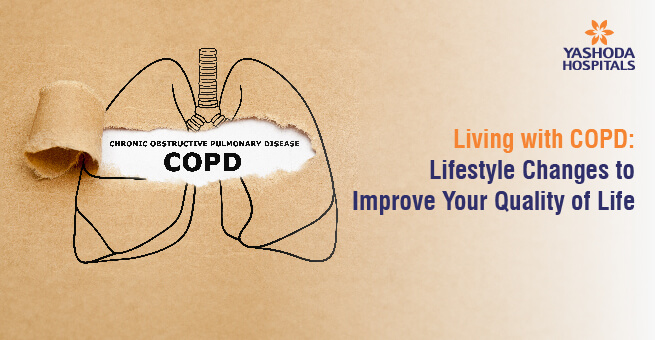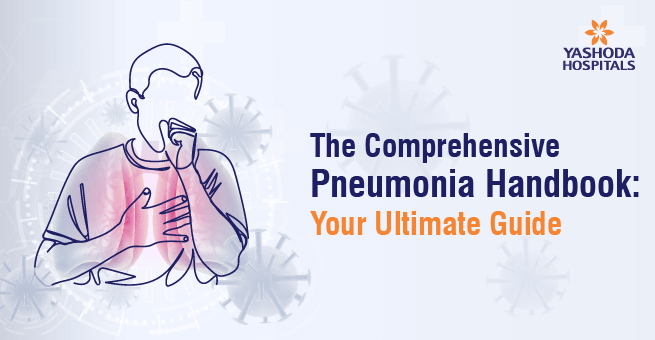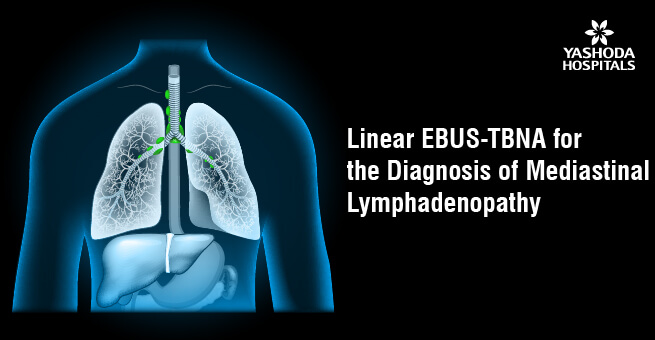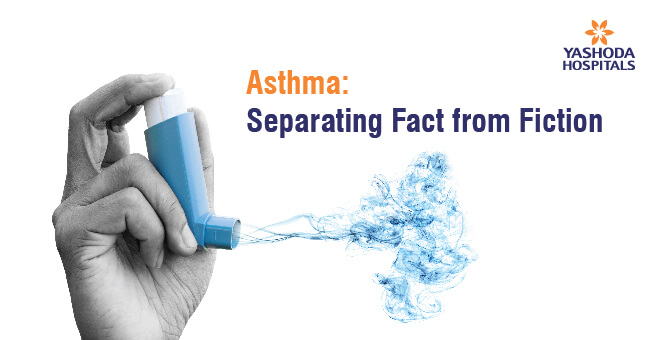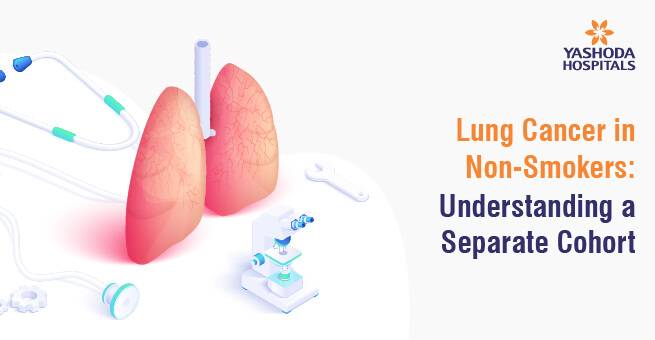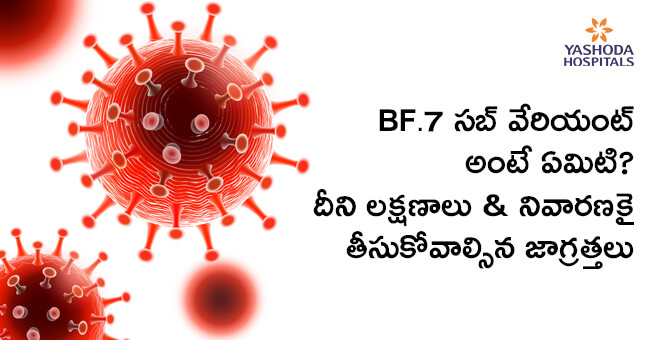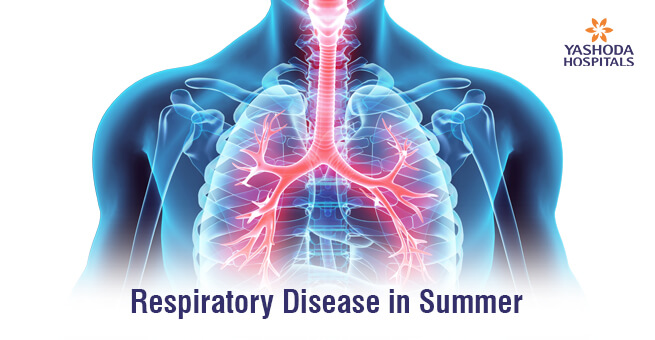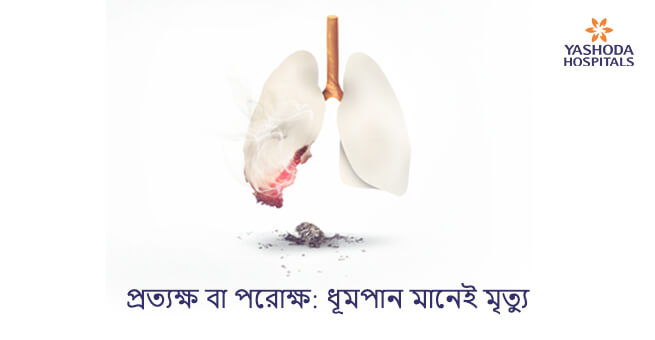Pulmonary Embolism: Understanding Symptoms, Causes, Diagnosis, Treatment and Prevention
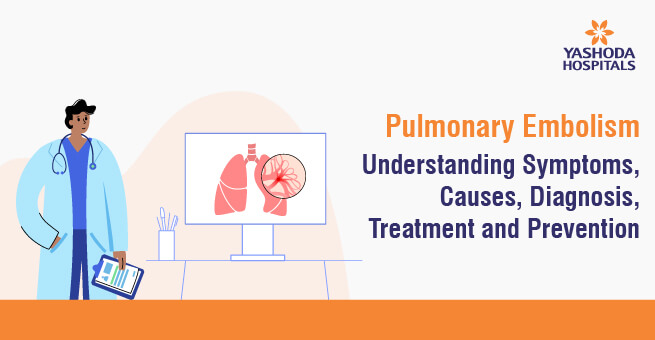
Ever wondered what would happen when blood supplying arteries are blocked? Pulmonary embolism is a serious and potentially life-threatening condition that occurs when a blood clot blocks one or more of the arteries in the lungs. This can result in sudden shortness of breath, chest pain, and other symptoms, and can lead to serious complications if not treated promptly. It is estimated that pulmonary embolism affects up to 2.5 lakhs people in India each year, and it is important for individuals to be aware of the risk factors, symptoms, and treatments for this condition. Read on to know more about pulmonary embolism, including its causes, diagnosis, and treatment options.
What is Pulmonary Embolism?
Pulmonary embolism is a medical disorder that happens when a blood clot, known as an embolus, becomes stuck in the blood arteries of the lung. This can obstruct the normal flow of blood to the lung and cause serious damage. Deep vein thrombosis (DVT), which happens when a blood clot forms in the deep veins of the legs, is the most frequent cause of pulmonary embolism. The clot can then break loose and travel to the lungs, where it becomes an embolism.
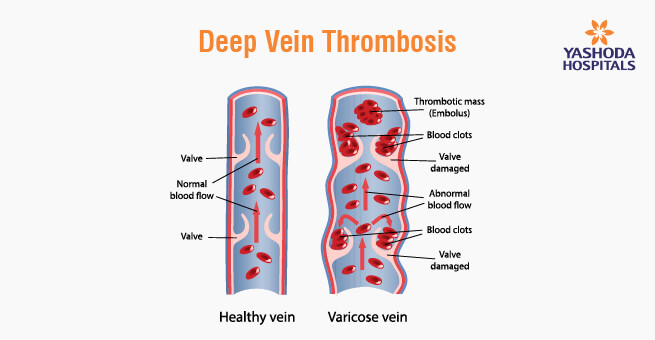
What are the signs and symptoms of pulmonary embolism?
The symptoms of pulmonary embolism can vary from person to person depending on the size and location of the blood clot, as well as the person’s overall health. Common pulmonary embolism symptoms include:
- Shortness of breath: This is often sudden and may worsen with physical activity.
- Chest pain: It is usually sharp and worse when taking deep breaths or coughing.
- Rapid heart rate: The heart may beat faster than normal and the person may feel like their heart is racing.
- Coughing up blood: This is a sign of a severe pulmonary embolism.
- Lightheadedness or fainting: This can occur due to reduced blood flow to the brain.
- Swelling in one leg: This indicates a deep vein thrombosis, which is a common cause of pulmonary embolism.
- Tachypnea: This is nothing but rapid breathing.
- Sweating: This can be accompanied by chest pain and shortness of breath.
These early symptoms of pulmonary embolism can be similar to those of other conditions, so one should seek medical attention if they suspect of pulmonary embolism.
What are the causes of pulmonary embolism?
Pulmonary embolism occurs when a blood clot becomes lodged in the blood vessels of the lung, blocking the normal flow of blood. The most common cause of pulmonary embolism is deep vein thrombosis (DVT), which is a blood clot that forms in the deep veins of the legs. The clot can then break loose and travel to the lungs, where it becomes an embolism.
Other potential pulmonary embolism causes include:
- Immobility: People who have been bedridden for an extended period of time are at increased risk for DVT and pulmonary embolism.
- Hormonal changes: Hormonal changes, such as those that occur during pregnancy or the use of hormonal contraceptives, can increase the risk of blood clots.
- Cancer: People with certain types of cancer are at increased risk of developing blood clots.
- Surgery: Surgery, especially major surgeries like hip replacement or knee replacement, can increase the risk of blood clots.
- Family history: A family history of blood clots can increase a person’s risk of developing DVT and pulmonary embolism.
- Inherited blood clotting disorders: Certain genetic conditions, such as Factor V Leiden and antithrombin III deficiency, can increase the risk of blood clots.
- Smoking: Smoking can damage blood vessels and increase the risk of blood clots.
How is pulmonary embolism diagnosed?
The diagnosis of pulmonary embolism usually begins with a thorough medical history and physical examination. The doctor may ask about symptoms and any risk factors for blood clots, such as immobility, surgery, or a family history of blood clots.
In addition to a medical history and physical examination, the doctor may also use one or more of the following tests to diagnose pulmonary embolism:
- D-dimer test: This is a blood test that measures a substance that is released when a blood clot breaks down. A positive result on this test may indicate the presence of a blood clot.
- Imaging tests: Imaging tests, such as a chest X-ray, CT scan, or pulmonary angiogram, can help in visualising the blood clots in the lung.
- Electrocardiogram (ECG): An ECG is a test that measures the electrical activity of the heart. It can help in determining if one has a blood clot in the lung.
- Ventilation-perfusion scan: This is a test that uses a radioactive tracer to evaluate blood flow and air flow in the lungs.
- Ultrasound: An ultrasound can detect DVT, which is a common cause of pulmonary embolism.
Based on the results of these tests, the doctor may diagnose pulmonary embolism and start appropriate treatment, which typically involves anticoagulant medications to dissolve the blood clots and prevent further clots from forming. In some cases, a person may need surgery to remove the blood clots.
How is pulmonary embolism treated?
Treatment for pulmonary embolism typically involves anticoagulant medications to dissolve the blood clots and prevent further clots from forming. The most commonly used anticoagulants for pulmonary embolism treatment are:
- Warfarin: Warfarin is an oral anticoagulant that can be taken in pill form. It works by interfering with the formation of blood clots.
- Heparin: Heparin is an injectable anticoagulant that can be administered in a hospital or at home. It works by preventing the formation of blood clots.
- Direct oral anticoagulants (DOACs): DOACs are a newer class of anticoagulants that can be taken orally. Examples of DOACs include dabigatran, rivaroxaban, and apixaban.
- Thrombolytics: Thrombolytics are medications that can dissolve blood clots. They are used in severe cases of pulmonary embolism when anticoagulants alone are not enough.
- Inferior vena cava filter: An inferior vena cava filter is a device that is inserted into the vena cava, the large vein that carries blood from the lower body to the heart. The filter can help prevent blood clots from reaching the lungs.
- Surgery: In some cases, surgery may be necessary to remove the blood clots in the lungs. This is typically only done in severe cases of pulmonary embolism when other treatments have not been effective.
The specific treatment for pulmonary embolism will depend on several factors, including the size and location of the blood clots, the person’s overall health, and any underlying medical conditions. Do not take medicines without consulting a qualified doctor, it may further aggravate your condition.
Did you know that untreated pulmonary embolism can increase the risk of death by up to 30%?
How can pulmonary embolism be prevented?
There are several steps that individuals can take to reduce their risk of developing pulmonary embolism:
- Move frequently: It is recommended to move around frequently to improve blood flow and reduce the risk of blood clots.
- Wear compression stockings: Compression stockings can help improve blood flow in the legs and reduce the risk of developing deep vein thrombosis (DVT), a common cause of pulmonary embolism.
- Maintain a healthy weight: Being overweight or obese can increase the risk of developing blood clots, so it is important to maintain a healthy weight.
- Exercise regularly: Regular physical activity can improve blood flow and reduce the risk of developing blood clots.
- Quit smoking: Smoking can increase the risk of developing blood clots, so quitting smoking can help reduce the risk of pulmonary embolism.
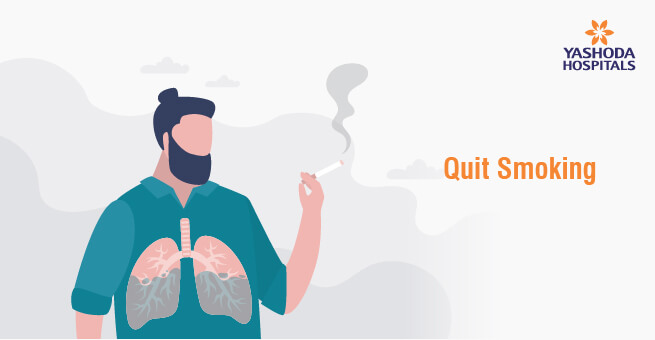
- Avoid hormonal therapy: Hormonal therapy, such as hormone replacement therapy or birth control pills, can increase the risk of developing blood clots.
- Manage medical conditions: If one has underlying medical conditions, such as heart disease or cancer, it is important to manage these conditions to reduce the risk of developing blood clots.
- Take anticoagulants: In some cases, the doctor may prescribe anticoagulants to help reduce the risk of developing blood clots. This is typically done in individuals who are at high risk of developing blood clots, such as those with a history of DVT or pulmonary embolism.
By following these preventive steps, one can reduce the risk of developing pulmonary embolism and improve the overall health and well-being.
Pulmonary embolism is a truly frightening and life-threatening condition that demands urgent medical attention. It’s vital to grasp the risk factors, symptoms, and treatment options to shield oneself from this debilitating condition and get the proper treatment without delay. If you or your loved ones are encountering symptoms of pulmonary embolism, such as shortness of breath, chest pain, or rapid heart rate, don’t hesitate to seek immediate medical attention. Quick intervention and careful management can make all the difference in successfully overcoming pulmonary embolism and preventing serious complications. Your health is paramount, so don’t delay in seeking help if you suspect a pulmonary embolism.
References:
- Learn About Pulmonary Embolism
https://www.lung.org/lung-health-diseases/lung-disease-lookup - We need Indian data to get the actual picture of pulmonary embolism in India
https://health.economictimes.indiatimes.com/news - Embolism
https://www.nhs.uk/conditions/embolism/ - Pulmonary Embolism – Symptoms and Causes
https://www.mayoclinic.org/diseases-conditions/pulmonary-embolis
About Author –
Dr. Vamsi Krishna Mutnuri, Consultant interventional pulmonologist, Yashoda Hospital, Hyderabad
MD (Pulmonary Medicine), European Diploma (Respiratory Medicine), RCP (UK) SCE (Respiratory Medicine)











